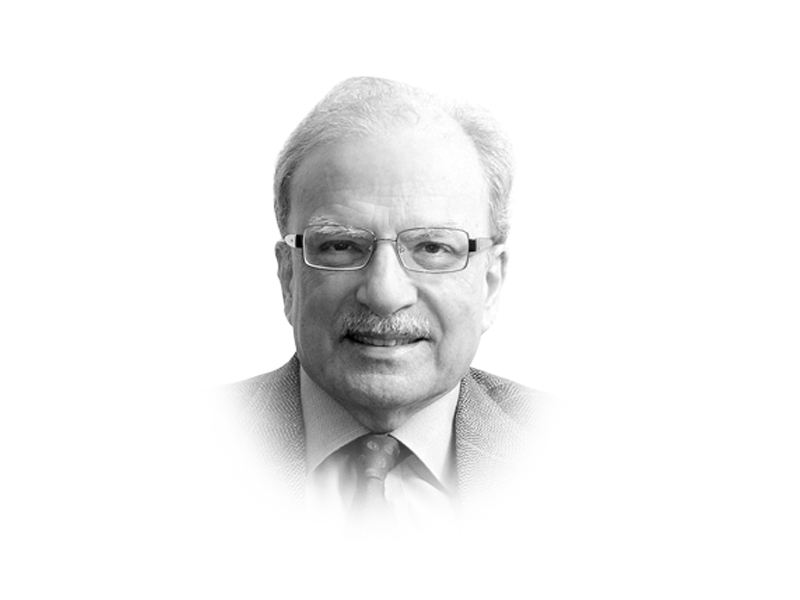
In 2011, the number of people in the worldwide South Asian Diasporas was estimated at 50 million, out of the total number of international migrants numbering 200 million. The number of people leaving South Asia every year is now estimated at 10 million. In 2013, the size of the South Asian Diaspora is 70 million strong. There are four major Diasporas formed by the South Asians over the last several decades. They are to be found in Britain, East Africa, the Middle East and North America. The fifth is in the process of being formed in South East Asia, including Australia.
The Diaspora per capita incomes range between $5,000 and $65,000. The lower figure is for the Middle East where most of the people who have gone in search of work have low-level skills. The highest level of income is in North America where the Diaspora is peopled mostly with professionals with high skill-levels. The average per capita income is around $25,000. This means that the total income earned a year by the people of South Asian attraction living and working abroad is approaching $2 trillion a year. This is 10 per cent more than the combined South Asian national income.
Migrants always save more than the host populations. The savings rate for South Asian’s working in the Middle East is very high — averaging at 80 per cent of the earned incomes. Almost the entire saved amount is remitted back to the home countries. For the entire Diaspora the savings rate is in the order of 30 per cent. This means that $600 billion of savings are being set aside for various kinds of expenditures and investments. Since the total amount of remittances received by South Asia is now estimated at $100 billion, the members of the Diaspora send a sixth of their savings to what were once their home countries — the remaining half a trillion goes into asset formation. The total assets owned and kept abroad by South Asians now amount to $1.5 trillion. This asset base adds another $10 billion a year to the total amount earned by the members of this community.
What has gone mostly unnoticed by academics, as well as those responsible for making public policy, is the way the money coming in from abroad by way of remittances is changing the social structure of South Asia. This change also has an enormous amount of impact on the area’s economy. Dozens of studies have been carried out to determine the size of the middle class in South Asia. I place the number of people in this category at 950 million, about 60 per cent of the total population. This class is divided into two parts, each with about the same number. The 475 million or so are very close to the fringe of poverty. About 10 million are moving up every year from being absolutely poor to the ranks of the lower middle class. This is on account of the augmentation of their incomes from the remittances they receive from the relatives working abroad. By the year 2020, the number in the lower middle class will increase to almost 550 million. Those who have higher income levels will remain about the same. In other words, the lower middle class will account for about 55 per cent of the total number of people at the middle income level. While the upper middle class will be located mostly in the region’s large and middle-sized cities, the lower middle class will have a larger number in the countryside. However, they will not be dependent on agriculture for most of their livelihood. They will be involved mostly in the service sector.
Relieved from producing goods and commodities for their own consumption, this class of consumers will begin to depend on simple manufactures. Processed food has already become readily available in the rural areas — in villages and in small towns. In Pakistan, small rural stores carry prepared masalas produced by such large companies as National Food and Shan Masala. This greater reliance on processed items of food have cut down on the amount of time women must spend in the home kitchen. Thus freed, they have taken up new lines of economic activity including minding livestock, stitching and sewing. The failure of the public sector to provide quality education has brought in a number of young women into the business of education. Thousands of privately run schools now dot the country’s landscape. Most of these activities don’t get counted in national income accounts. This is one reason why the gross domestic product is seriously underestimated in all of South Asia.
The main point of this analysis is that the large amounts of remittances that are flowing into the region, from several places that have a large concentration of South Asians, are producing profound socio-economic change in the subcontinent. This change is seldom included in the South Asian economic story.
Published in The Express Tribune, October 14th, 2013.
Like Opinion & Editorial on Facebook, follow @ETOpEd on Twitter to receive all updates on all our daily pieces.
COMMENTS (10)
Comments are moderated and generally will be posted if they are on-topic and not abusive.
For more information, please see our Comments FAQ



1730959638-0/trump-(19)1730959638-0-165x106.webp)








Most of the info about expat community abroad remitting money to Pakistan is interesting. However the analysis missed on connecting why it is changing the atmosphere in Pakistan. Remittances are part of services which has grown over last few years relative to industry and agriculture. It accounts for 53% and is bound to grow more. Why? Increase in population, awareness through media etc. the parallel economy or undocumented economy is larger than the recorded one so on one hand our GDP is hardly growing and tax to GDP ratio is dismal but consumer product companies are growing in double digits. So despite the doom and gloom their is the hidden growth of business and or middle class. I however believe in absence of energy and slowing down of industrialization services sector has much promise for exporting services and exporting skilled manpower more so to those regions where low salaried manpower is going. Just by focusing on quality of manpower we can increase our saviour/ remittances.
@Mohammed Yusuf: The writer never used the word India or Indians in his column. He says specifically in the last line of the first para: "I will place the Pakistani situation in the South Asian context." This is precisely the crux of this article. What's the problem?
Well, if you see expatriates, just as a source of Dollars, Dinars and Pounds, Sir you have done excellent threadbare analysis. Unfortunately Dollars, Dinars and Pounds can produce only limited socio-economic changes (you have used 'profound', I disagree).
Expatriate population can bring so much more than precious foreign exchange, it is expertise, the knowledge pool, the new work culture, new thought process, tolerance of cosmopolitanism and diversity, survival instincts, a whole new appreciation for meritocracy, a strong belief in entrepreneurship and innovation, a whole new mind set of defining and resolving problems. In whole honesty these traits are worth many times over the $1.5 Trillion in assets.
As long as a nation fails to attract the best and brightest, rather sees worth in only exporting labor rather than products, goods and services, the nation will cyclically suffer the consequence of its shortsightedness. And like a archetypal Bania we will keep adding and substracting the earnings, savings, assets and expenses of a expatriate, finding solace at how much he can send back home. This is a stagnant nations mentality.
True and certainly an indicator that goes largely unnoticed and certainly prone also to misrepresentation. You have thrown in a bunch of stuff in the mix to include the availability of processed food in rural areas. This raises a whole host of issues for a very agrarian Pakistani economy like for instance the Wal-Mart effect on local producers and sellers as well as you rightly pointed out the availability of a labor force of women. This is where I think NGO's working on Micro finance schemes can help harness labor and opportunities for women.
I have reservation on the figures of 25000 USD as the per capita income of south Asian diaspora and the author's assumption of 30% as the saving (or disposable income )out of their income. . As per the author, this means that south Asian diaspora remits only 5% of their total income ( total remittance is approx 102 billion USD )and rest of 70% is used for the livelihood and 25% towards investment in fixed / liquid assets.. Investment in the host countries are made only by those having permanent residency permit which are comparatively very low . But surely the remittance by the diaspora has made positive impact on the social and economic aspect of the recipient country's population
At $ 75 Billion last year, Indians have remitted the most money to their home country from abroad. Every country must try to get a larger quantum of remittance from expatriates working overseas. It can help many countries try and bridge the Current Account Deficit.
I would really like to know your source of information for some of the figures that is being quoted in this article. Specifically data related to * The average per capita income is around $25,000. * For the entire Diaspora the savings rate is in the order of 30 per cent * Diaspora send a sixth of their savings to what were once their home countries * The total assets owned and kept abroad by South Asians now amount to $1.5 trillion * number of people in this [middle Class] category at 950 million, about 60 per cent of the total population
How much of this is "real" remittances repatriated by the hard-working Pakistanis overseas and how much of it is money from illegal activities from the $25 million a day smuggled out in suitcases and briefcases (as per the statement of the Governor of the State Bank of Pakistan)? The smuggled money becomes laundered and white when brought back under the label of an "overseas remittance". Only the working class (God bless them) repatriates money to Pakistan; the so-called "elite class" - including past, present and wannabe Prime Ministers - are known to have big stashes of cash outside of Pakistan.
Burki Sahib it is not as simple as you make it out to be in your sermons from Washington, D.C. Get real for a change.
What's your point? Your started with Pakistan and ended with South Asia. Why do you want to include India in your discourse. Indians are South Asians and the contributions of the Indian diaspora is there for all to see.
pakistan's reserves held by central banks are just remittances.... if u remmitances pakistan banks are poora khaali.... :) .... however pakistanis working abroad continue to send money back to their homeland.... that is good for pak